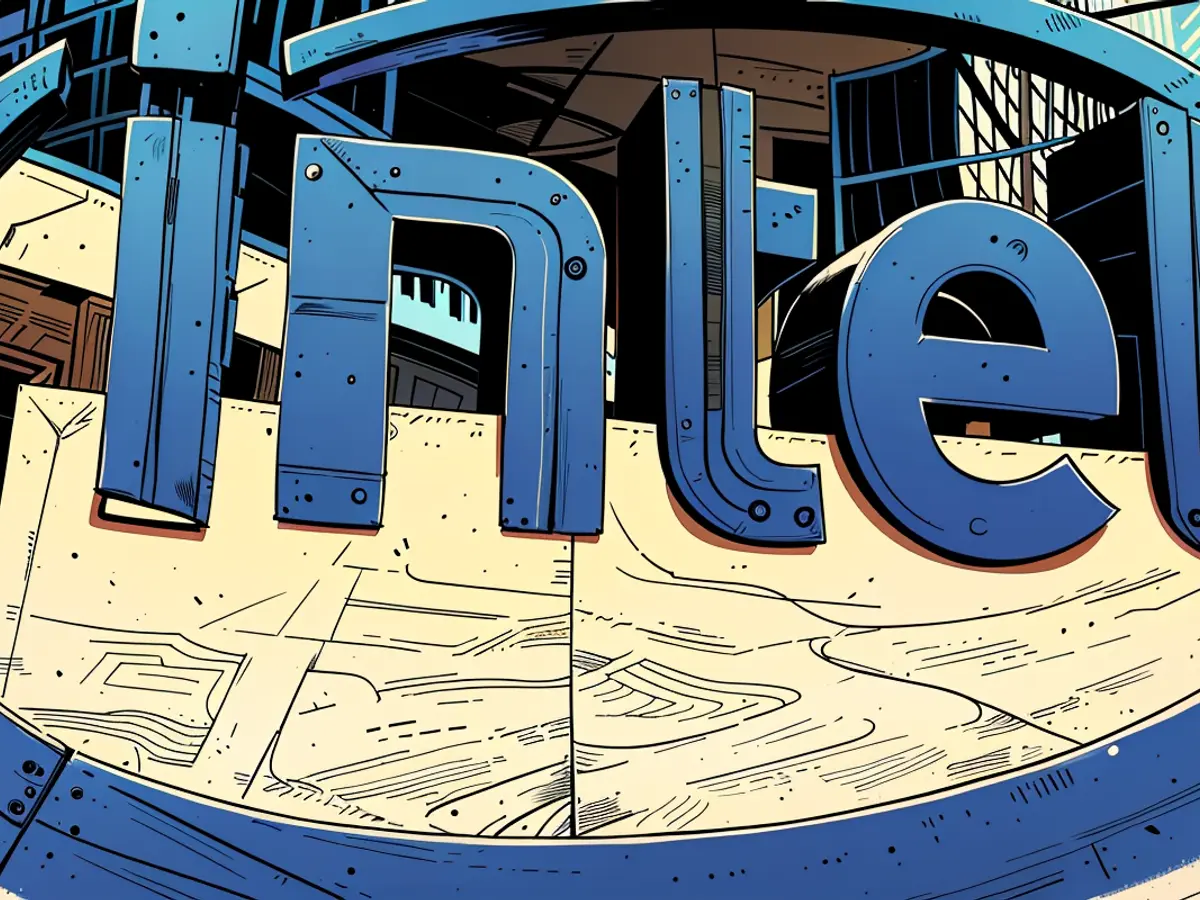- Intel is cutting 15 percent of jobs.
Stumbling semiconductor pioneer Intel resorts to drastic job cuts to quickly reduce costs. Around 15,000 jobs - about 15% of the workforce - are set to be eliminated, as Intel CEO Pat Gelsinger wrote to employees. In total, he aims to save more than $10 billion by next year.
Intel's press release even suggested higher job losses, as it mentioned reducing "more than" 15% of jobs, and stated that Intel had 116,500 employees, with around 125,000 in the entire corporation including subsidiaries.
Gelsinger's strategy for Intel's survival involves becoming a more significant contract manufacturer for other chip developers. The company aims to master the most advanced production processes to compete with established producers like TSMC in Taiwan. Meanwhile, Gelsinger has positioned Intel as a key element in plans to bring more chip production back to the West from Asia.
The plans also include building a $30 billion factory in Magdeburg, where the most advanced production methods will be used. Intel is still awaiting approvals, including for the billion-dollar subsidies intended to offset costs. The first groundbreaking was previously targeted for the end of the year, with production set to begin in 2027.
Could the austerity measures impact Intel's Germany plans?
Gelsinger emphasized that the contract manufacturing strategy remains fundamental. However, until there are firm orders, Intel will ensure it does not build up excessive capacity. The company has also adjusted its investment plans to reflect the expected market development, according to the Intel CEO, without providing further details. Intel aims to harvest the fruits of its high investments more quickly and is also planning to build new factories in the US, with the aim of securing billions in funding.
Intel once dominated the chip industry but has since fallen behind. A pivotal moment was losing the race to supply chips for today's ubiquitous smartphones. Intel hoped to leverage its strength in the PC business to mobile devices, but power-efficient processors with ARM architectures from British chip designer Arm prevailed.
Pressure in PC processors and AI
Now, Intel also faces challenges in maintaining its position in the PC market. Apple has transitioned its entire Mac computer lineup to ARM chips of its own design, resulting in significantly longer battery life. In the summer, Microsoft also initially chose chips with ARM architecture for new Windows PCs with AI features. Intel-powered computers are expected to follow, but they must first hit the market.
Meanwhile, Intel had to watch from the sidelines as its once much smaller competitor Nvidia became the hottest address in the industry thanks to its AI training chip systems. Intel is also trying to get involved in this business but lags far behind Nvidia.
As part of its cost-cutting program, Intel will temporarily stop paying dividends from the fourth quarter. Capital expenditures will now be 20% lower than originally planned.
"Costs too high, margins too low."
In his email to employees, Gelsinger painted a dramatic picture. Intel's cost structure is "not competitive," he wrote, among other things. "Our costs are too high, our margins are too low." Revenue was $24 billion lower last year than in 2020, but the number of employees increased by 10%. Decisions take too long, and there are too many friction losses in the system.
In the last quarter, Intel reported a loss of over $1.6 billion, compared to a profit of $1.48 billion the previous year. Revenue decreased by one percent to $12.8 billion (€11.9 billion) year-over-year, missing analysts' expectations.
Investors Lose Confidence
Gelsinger described the past quarter's business results as "disappointing." He also stated that the situation in the second half of the year would be more challenging than previously anticipated. The Intel CEO had previously reassured investors that improvement was expected in the second half of the year. Consequently, Intel's stock dropped by around 19 percent in after-hours trading.
Email from Gelsinger to Employees
In an effort to address Intel's financial challenges, CEO Pat Gelsinger aims to achieve savings beyond the initial $10 billion by reducing costs, which includes a savings rate from the job cuts. Gelsinger's email to employees highlighted the need for Intel to address its "not competitive" cost structure with higher costs and lower margins, leading to the decision to temporarily halt dividend payments and reduce capital expenditures.








